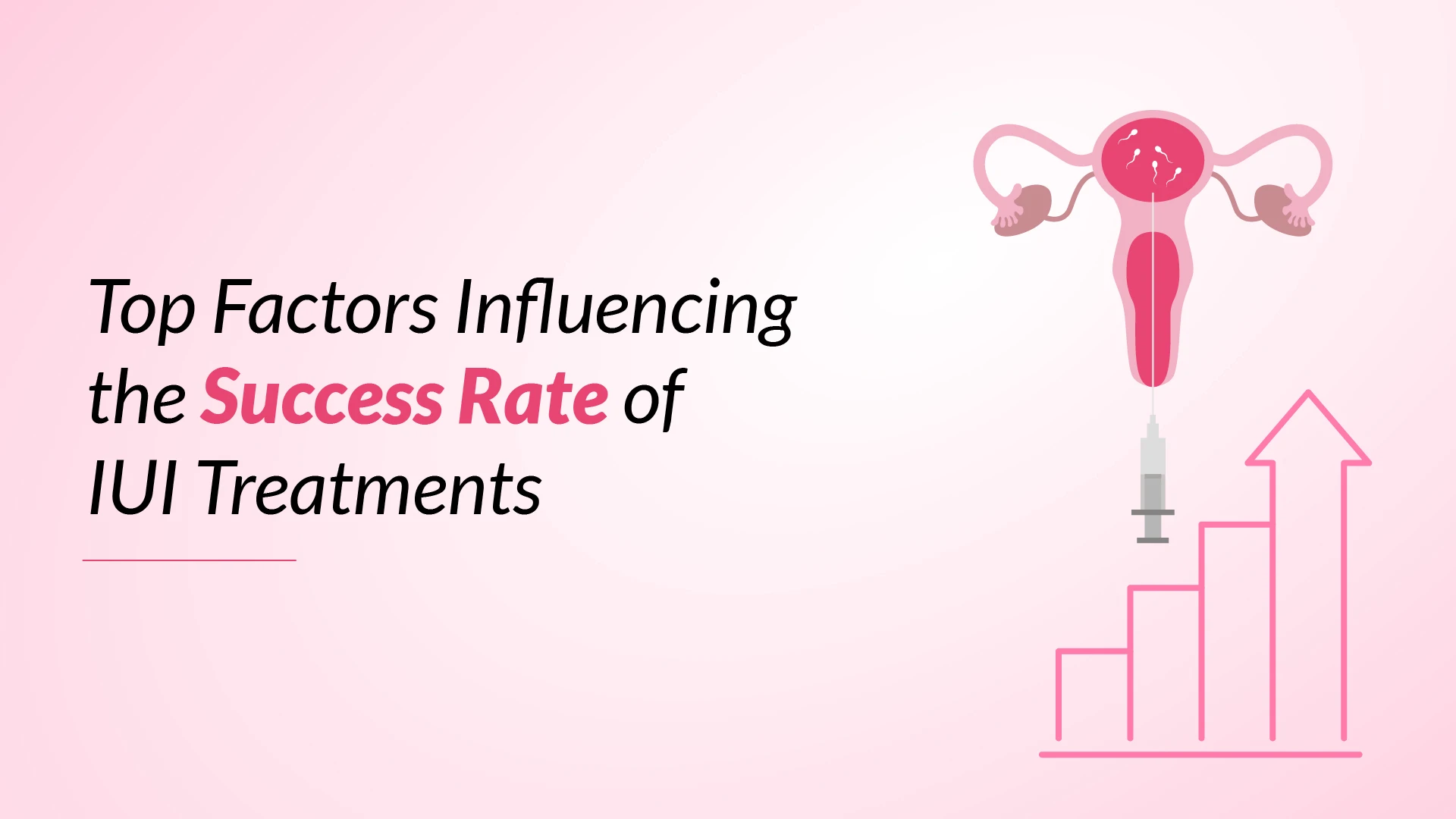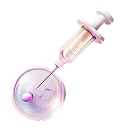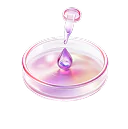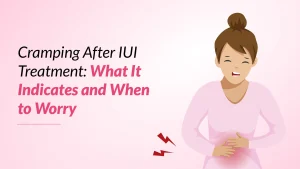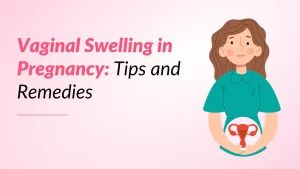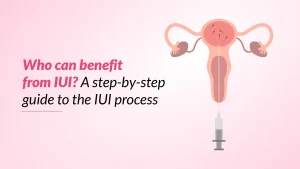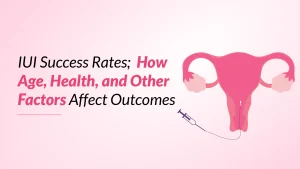Many couples turn to IUI treatment as their first step in fertility care, with success rates varying from 5% to 20% per cycle. The success rate of IUI depends on several key factors, from the woman’s age to the quality of sperm & the timing of the procedure. Understanding these factors helps patients and fertility experts make informed and better decisions about treatment options and improve their chances of achieving pregnancy through IUI.
What Is Intrauterine Insemination (IUI)?
Intrauterine insemination (IUI) is among the common fertility treatments where specially prepared sperm is directly placed into a woman’s uterus during ovulation. This procedure serves as a less invasive and more cost-effective alternative to other fertility treatments, making it a common first choice for many individuals and couples seeking fertility assistance.
The IUI process consists of two main phases:
- Sperm Preparation Phase
- Collection of sperm samples from partner or donor
- Laboratory processing or ‘washing’ to remove debris
- Concentration of healthy, motile sperm
- Separation from seminal fluid to prevent cramping
- Insemination Phase
- Timing synchronised with ovulation
- Use of thin catheter for sperm placement
- Direct insertion into the uterine cavity
- Bypass of cervical barriers
During a natural conception attempt, only about 5% of sperm manage to travel from the vagina to the uterus. IUI treatment significantly improves these odds by placing the sperm directly in the uterus, reducing the distance sperm needs to cover to reach the egg.
Doctors can perform IUI using different approaches based on individual circumstances. Some patients undergo the procedure during their natural menstrual cycle, while others may receive fertility medications to enhance ovulation. The treatment can be combined with oral medications or injectable hormones called gonadotropins to increase the chances of success.
The procedure itself is a short outpatient process that causes minimal discomfort. Before the actual insemination, doctors monitor the patient’s menstrual cycle for 12-14 days using blood work and ultrasound to ensure proper egg maturation. This monitoring helps the experts in arriving the optimal timing for the procedure, which typically occurs either just before or after ovulation.
IUI proves particularly beneficial for various situations, including cases of mild male factor infertility, unexplained infertility, cervical factor infertility, and same-sex couples or single individuals using donor sperm. The treatment can also help women with ovulation problems who haven’t conceived using fertility medications alone.
Also read: The Benefits and Limitations of IUI Treatment
Factors that Influence IUI Success Rates
The success of an IUI treatment depends on multiple interconnected factors that doctors carefully evaluate before and during the procedure. The following are some common factors affecting IUI success:
Female’s Age
A woman’s age stands as the most crucial factor in determining IUI treatment success rates. Women under 35 years show the highest success rates at 20-25% per cycle. The chances decrease progressively with age, showing 9% success rates for ages 35-37, dropping to 7% for ages 38-40, and further declining to 2-5% after age 40. This decline relates directly to egg quality and quantity, which naturally diminish with advancing age.
Sperm Health
Sperm quality significantly influences IUI outcomes. The optimal parameters for successful IUI include:
- A total motile sperm count of 10-20 million shows an 18.2% success rate
- Post-wash sperm concentration above 1 million
- Normal sperm morphology
- Good progressive motility
Timing
The precise timing of the IUI procedure proves essential for success. The procedure should align with ovulation, typically occurring 24-36 hours after triggering with hCG medication. Studies show that performing IUI after confirmed follicle rupture results in significantly higher pregnancy rates, reaching 23.5% compared to cycles without confirmed rupture.
Uterine Conditions
The state of the uterus plays a vital role in IUI success. Endometrial thickness serves as a crucial indicator, with studies showing higher pregnancy rates when the endometrial lining measures between 8-10mm. Women with normal uterine cavity structure and healthy endometrial development show better success rates than those with uterine anomalies.
Cervical Factors
Cervical health affects IUI outcomes significantly. The procedure bypasses cervical barriers that might impede natural conception, making it particularly effective for couples with cervical factor infertility. This bypass mechanism helps achieve higher success rates in cases where cervical issues previously prevented pregnancy.
Medical Factors
Various medical conditions influence IUI success rates. Unexplained infertility cases show success rates of 7-10% per cycle, increasing to 15-25% when combined with fertility medications. Mild endometriosis patients may benefit from IUI, though success rates decrease with severe cases. Women with ovulatory dysfunction typically respond well to IUI when combined with appropriate medication protocols.
IUI’s Success Rate
Statistical evidence shows that intrauterine insemination delivers consistent pregnancy outcomes across various patient groups, with overall success rates ranging between 5-20% per treatment cycle. These rates vary significantly based on individual circumstances and treatment protocols.
IUI Success Rate at Ferty9
At Ferty9 Fertility Centre, the success rate of Intrauterine Insemination (IUI) ranges from 10% to 20% per cycle, depending on factors like the woman’s age, sperm quality, and underlying fertility issues. Women under 35 with open fallopian tubes and mild male factor infertility generally have higher success rates. Ferty9’s expert team uses thorough evaluations and advanced lab techniques to optimize each IUI cycle for better chances of conception.
For couples pursuing IUI treatment, the first three cycles prove most crucial. Research indicates that 90% of successful pregnancies occur within these initial attempts. The success rates typically follow this pattern:
- Natural cycle (no medications): 7-10% per cycle
- Medicated cycles with Clomid: 15-20% per cycle
- Injectable medication cycles: 20-25% per cycle
When comparing cost-effectiveness, IUI demonstrates significant advantages over more complex fertility treatments. Studies consistently show that IUI with ovarian stimulation proves more economical per live birth than immediate IVF treatment, particularly for couples with unexplained infertility.
The treatment approach significantly influences success rates. Couples using fertility medications alongside IUI show higher success rates compared to natural cycles. For instance, those with unexplained infertility see their success rates increase from 7-10% to 15-25% when combining IUI with fertility medications.
Doctors typically recommend proceeding with three to four IUI cycles before considering alternative treatments. This recommendation stems from research showing diminishing returns after the fourth attempt. However, some patients may benefit from additional cycles, particularly those under 35 with good ovarian reserve.
For couples with mild male factor infertility, IUI success rates reach approximately 16.9% per cycle when the total motile sperm count exceeds 5 million. However, success becomes unlikely when counts fall below 1-5 million, at which point alternative treatments may be recommended.
The timing of treatment initiation also plays a crucial role. Studies reveal that couples who begin IUI treatment within the first year of trying to conceive naturally show higher success rates. Additionally, those who combine IUI with proper ovulation tracking and timing optimisation experience better outcomes.
Research demonstrates that IUI remains particularly effective for specific conditions. Women with ovulatory dysfunction and unexplained infertility show the highest success rates, while those with tubal factors or severe endometriosis typically experience lower success rates. For optimal results, doctors carefully evaluate these factors before recommending IUI as a treatment option.
Find Hope and Solutions for Female Infertility and Male Infertility — Explore Our Comprehensive Services
ICSI Treatment
PICSI Treatment
Fertility Preservation Service
Blastocyst Culture & Transfer Treatment
Genetic Screening & Testing
Conclusion
IUI treatment offers hope to many couples struggling with fertility issues, showing success rates between 5% and 20% per cycle. These rates depend heavily on several factors, particularly the woman’s age, sperm quality, and precise timing of the procedure.
Research shows that 90% of successful pregnancies happen within the first three treatment cycles. Couples using fertility medications alongside IUI see better results compared to natural cycles, with success rates reaching up to 25% when combined with injectable medicines.
The treatment proves most effective for specific conditions such as unexplained infertility, mild male factor infertility, and ovulatory dysfunction. Doctors carefully evaluate these factors, along with the patient’s age and medical history, to determine whether IUI presents the best treatment option.
Patients considering IUI should remember that success rates vary based on individual circumstances. A thorough discussion with doctors about personal factors, treatment timing, and medication protocols helps set realistic expectations and optimise treatment outcomes.







